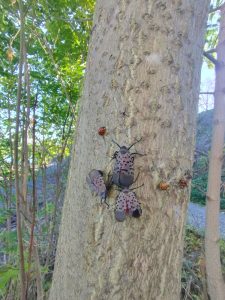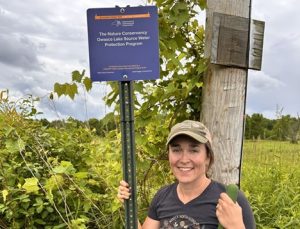By Michele Wunderlich, Principal Environmental Planner, Cayuga County Department of Planning and Economic Development
The Owasco Lake Watershed Nine Element Plan for Phosphorus Reduction (9E Plan) was approved by the New York State Department of State and the New York State Department of Environmental Conservation in September 2022. This Clean Water Plan advances efforts to restore and protect the water quality of Owasco Lake and its watershed. This collaborative effort identified focused strategies to ensure the lake’s water supply, aquatic habitat, and recreational uses are protected.
A recommended practice in the 9E Plan was supporting the Owasco Lake Watershed Management Council’s (OLWMC) central role in lake and watershed management. On November 15, 2022 the OLWMC Board of Directors approved of the creation of the 9E Plan Project Coordination Committee that prioritizes, coordinates, and facilitates project and programming implementation based on the recommendations of the 9E Plan. The Owasco Lake Watershed Nine Element Plan Project Coordination Committee Progress Report 2022-2025 is an overview of the various programs and projects that have been implemented since the adoption of the 9E Plan. This report is now available here.
If you have any questions or comments, please contact Michele Wunderlich at mwunderlich@cayugacounty.gov.


